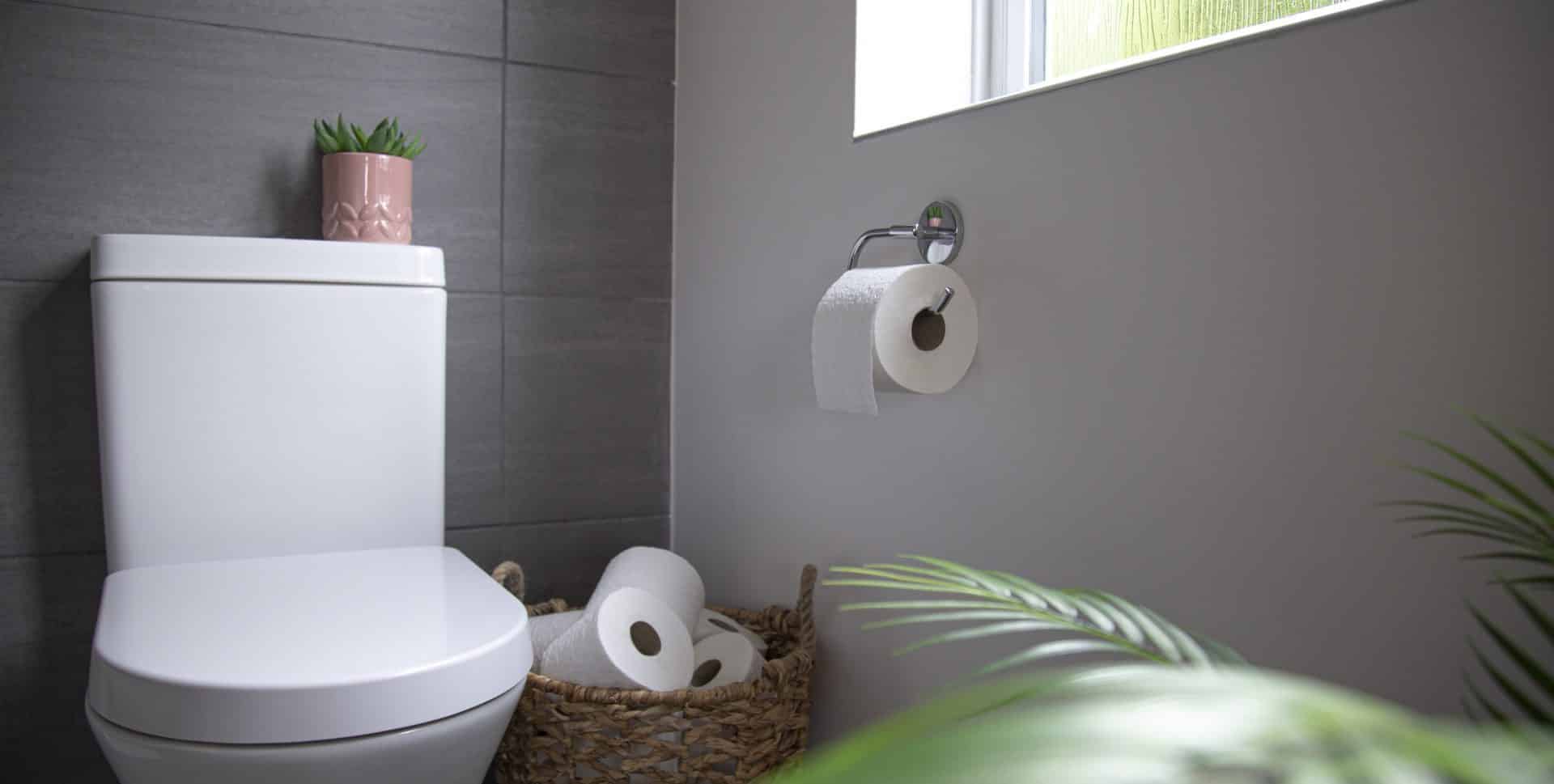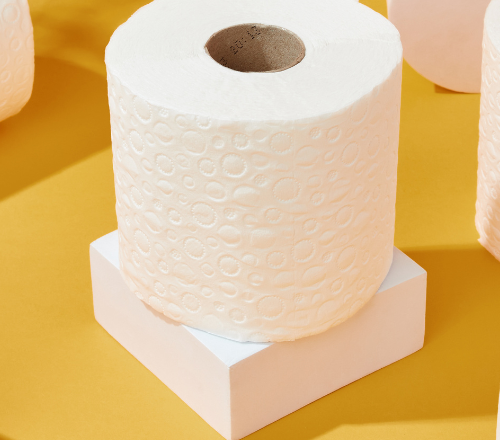Toilet paper is one of those products we use every day, a necessity in our homes. But you probably never stop to think about how it came about or whether it contains plastic. Below, you can find more information about this household essential.
When was toilet paper invented?
For thousands of years prior to the invention of toilet paper, humans were using all sorts of materials as an alternative – sponges on a stick, leaves, animal furs and even stones. None of these things seem particularly hygienic or comfortable on our behinds, but they were the most commonly used items – that is until the introduction of paper.
It’s hard to pinpoint exactly when toilet paper was first invented, but the first mention of it appears in a journal from Chinese scholar Yen Chih-Thui. He pointed out that he wouldn’t dare use paper that contains quotations or commentaries as toilet paper. It’s clear from his comment that toilet paper wasn’t a new thing but had already been partially established in China. For this reason, we can put the date of toilet paper invention at around the sixth century. But even then, this wasn’t toilet paper as we think of it today.
Who invented toilet paper?
It’s not easy to say exactly who invented toilet paper in the first instance, as there were many variations and evolutions of the product across the 5th to 20th century. It’s likely that the first kind of modern toilet paper was produced in the 14th century for the Chinese Emperor’s family, and it became more widely available in this country in the 15th to the 17th century. During the 18th newspaper became the popular choice.
Toilet tissue, however, was invented by Joseph Gayetty in the USA in the 19th century. He built the first factory in 1857 that produced paper exclusively for toilet use claiming it to be a medical product and his name was printed on every sheet.
The first toilet paper on a roll was produced by The Scott Paper Company in Philadelphia, USA, in 1879. It was the first-time rolls were used instead of sheets and also the first-time toilet roll became commercially available for everyone.
Seth Wheeler, however, was the person to patent toilet rolls that had a perforated edge for every sheet to make for easy tearing. He did this in 1891.
The St. Andrews Paper Mill in England in 1942 invented the first two-ply toilet paper which was softer and more pliable. Even softer toilet paper was introduced in the 1970s thanks to a new process that allowed the paper to air dry instead of having the water squeezed out of it.
Should toilet paper be under or over?
It’s the classic debate – should your toilet roll be placed with the first sheet underneath or over the top? While this mostly comes down to preference, it turns out that there is a right way.
When Seth Wheeler patented his toilet roll, the illustration clearly shows the paper is placed ‘over’ the top of the roll, and not underneath. It’s thought, therefore, that there are about nine million households who are hanging their roll the ‘wrong’ way.
Is there plastic in toilet paper?
Most toilet paper doesn’t contain plastic in the product itself – the paper is made from wood that goes through a whole process to become the toilet sheets we know and love. However, toilet roll often comes packaged in plastic, and sometimes even in double plastic. There may be plastic packaging on the outside, and each individual roll can be wrapped in the stuff too.
Oceans’ toilet paper comes in fully recyclable paper packaging and is sustainably made in the UK, so you can rest assured that there will be no plastic in your order.
How long does it take toilet roll to decompose?
Most toilet paper is biodegradable, which means that it will eventually break down to nothing, but exactly how long does this process take?
The answer may depend on the type or brand of toilet paper. Generally, toilet paper is made to disintegrate as it touches water. This keeps the pipes and sewers from becoming blocked and toilet paper will eventually disintegrate into such small pieces, you can barely see them in the water. But this is mostly disintegration and not decomposition.
Toilet roll can take anywhere from one to three years to decompose, about the same amount of time as a banana peel. This could be longer under certain conditions, such as if it was left outside in a sheltered spot, away from the rain.
So there you have it – some interesting things you probably didn’t know about toilet roll. Next time you use your loo roll, you’ll be infinitely more knowledgeable on the subject.





